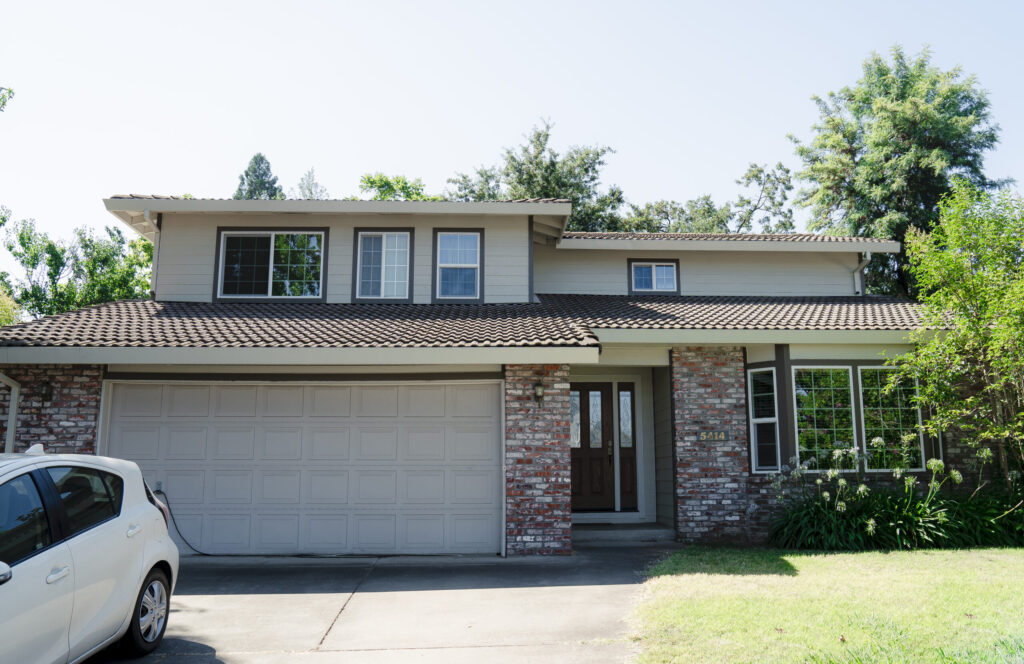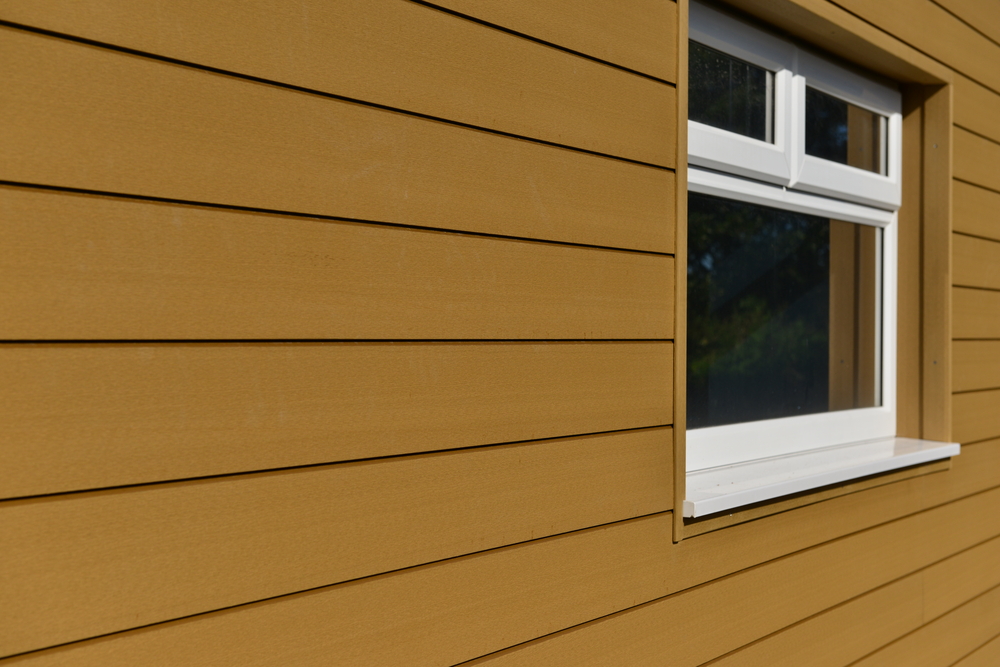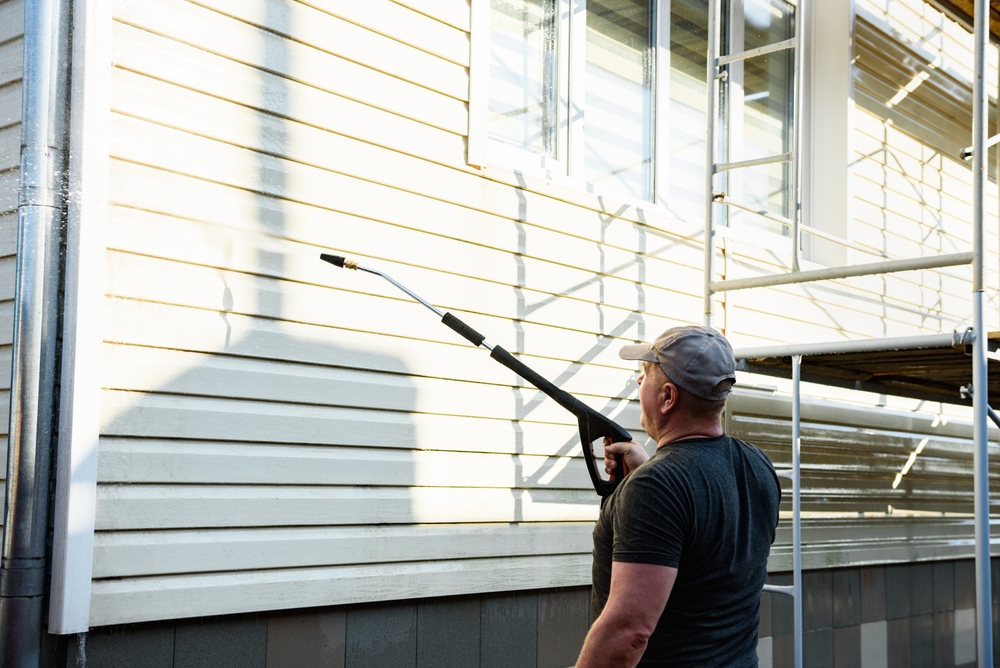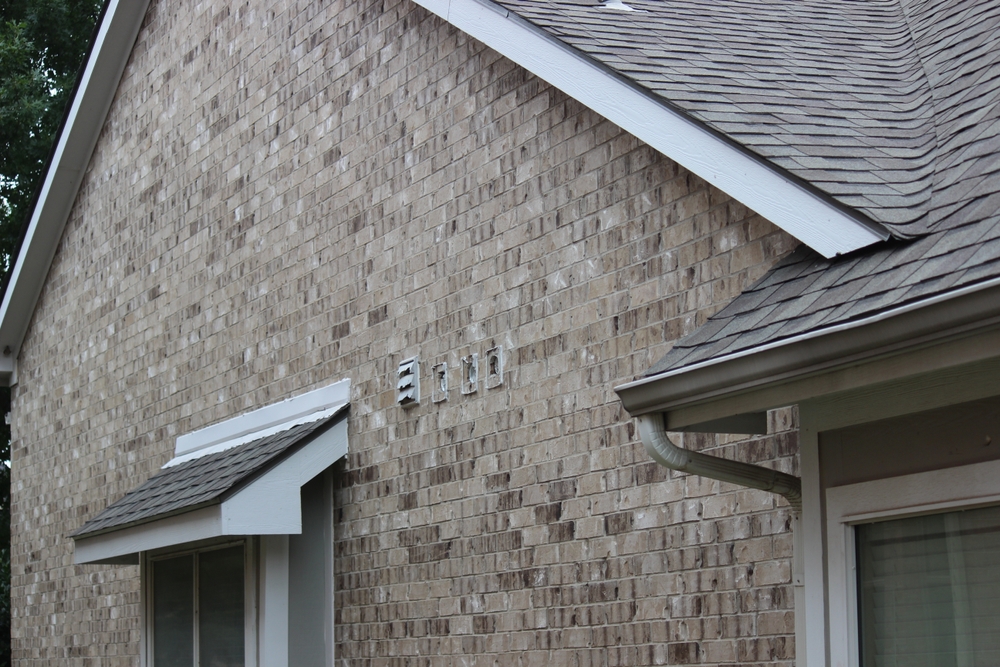I. Introduction
When it comes to home renovations, siding, and window replacement rank among the most sought-after projects for homeowners looking to enhance both the aesthetic appeal and the functional efficiency of their living spaces. These enhancements are more than just cosmetic upgrades; they play a pivotal role in redefining the entire character and comfort of your home. Siding can breathe new life into the exterior of your house, offering not only a fresh look but also added protection against the elements, while new windows can transform both the interior and exterior aesthetic, bringing in natural light, offering better views, and improving energy efficiency.
However, as enticing as these transformations sound, they come with their own set of challenges and complexities. The path from envisioning your upgraded home to actually living in it is often fraught with decisions, from choosing the right materials and styles to aligning with budget constraints and finding skilled professionals for the installation. If these factors are not considered and managed wisely, what started as a dream home improvement project can rapidly devolve into a series of stressful, costly, and time-consuming issues.

Understanding the scope of these renovation tasks is crucial. Siding and window replacement projects are not just about selecting a color or material. They involve understanding the architectural integrity of your home, the climatic demands of your region, and the long-term impacts on your home’s value. Additionally, balancing quality with cost, dealing with unexpected structural repairs, ensuring installations meet local building codes, and even timing your project to avoid weather setbacks are all critical for achieving the desired outcome without unnecessary complications.
In this comprehensive guide, we’ll explore the myriad aspects of siding and window replacement projects. We aim to arm you with the knowledge and strategies needed to navigate these waters smoothly, avoid common pitfalls, and make informed decisions. Whether you’re a first-time homeowner venturing into the world of home improvement, or a seasoned property owner well-versed in the nuances of renovation, this article will provide valuable insights and practical advice to help you successfully manage your siding and window replacement endeavors. Let’s dive into the details and ensure that your home renovation journey is as rewarding and hassle-free as possible.
II. Understanding the Basics
Siding Basics
Types of Siding
Siding, an essential component in the architectural design of your home, comes in a variety of materials, each offering unique benefits. Vinyl siding is lauded for its cost-effectiveness and low maintenance, resistant to peeling or fading over time. Wood siding, on the other hand, offers classic, timeless beauty and can be painted or stained to change its appearance; however, it requires more upkeep to guard against rot, insects, and weather damage. Fiber cement siding strikes a balance, providing the look of wood but with greater resilience to the elements and fewer maintenance demands. Each material brings its own aesthetic and functional impacts to a home, making the choice heavily dependent on individual preferences, climate conditions, and long-term upkeep considerations.
T1-11 vs James Hardie Siding: Making the Right Choice for Your Home
Benefits
The role of siding extends far beyond just amplifying the visual charm of your home. It acts as a shield, protecting against harsh weather conditions like wind, rain, and snow. Quality siding can significantly improve your home’s insulation, leading to better energy efficiency and reduced heating and cooling costs. Additionally, new siding can increase your home’s curb appeal, potentially boosting its market value.
Window Replacement Essentials
Types of Windows
When it comes to windows, the variety is vast, impacting both the aesthetic and functionality of your space. Traditional double-hung windows, where both the upper and lower sashes can be opened, offer a classic look and easy maintenance. Sliding windows, where sashes slide horizontally, provide a more contemporary feel and are often chosen for their ease of operation and space-saving features. Casement windows, hinged at the sides and opening outward with a crank, offer excellent ventilation and are a popular choice in areas where reaching the window requires an extension, like over kitchen sinks. Each window type not only defines the look of your home but also influences aspects like ventilation, natural light, and energy efficiency.
Advantages
Updating your windows presents several advantages. Modern windows are designed to improve energy efficiency, effectively reducing heating and cooling costs by providing better insulation. They also contribute to noise reduction, keeping your home quieter and more peaceful. From an aesthetic standpoint, new windows can refresh the look of your house, adding to its curb appeal. Functionally, they can enhance security with improved locking mechanisms and sturdier materials. Lastly, installing new, energy-efficient windows can significantly increase the resale value of your property, making it a wise investment in the long term.
III. Common Challenges
Choosing Materials
Cost Vs. Quality
A critical aspect of both siding and window replacement is the balance between cost and quality. Cheaper materials might save money upfront but can lead to higher maintenance costs and reduced lifespan. Investing in higher-quality materials might seem expensive initially but usually offers better durability and less frequent replacements or repairs. This decision should be influenced by considering the long-term financial impact, environmental conditions, and the desired lifespan of the material.
Replacement Windows in Alameda, CA: Quality and Durability from Heritage Exteriors
Aesthetic Compatibility
Another challenge lies in selecting materials that not only meet your functional needs and budget but also blend seamlessly with your home’s existing design and architectural style. The material and color of your siding and windows should complement your home’s overall aesthetic, enhancing its character rather than clashing with it. This decision requires a thoughtful consideration of your home’s current exterior elements, including color schemes, historical style, and surrounding landscape.
Installation Issues
Finding the Right Contractor
The success of your siding and window replacement project largely depends on the expertise and reliability of the contractor you choose. The process should involve thorough research, seeking referrals from trusted sources, and verifying the contractor’s credentials, experience, and portfolio of previous work. A reputable contractor can provide valuable advice on material choices, ensure high-quality installation, and offer warranties for their work.
Weather and Timing
Weather conditions play a significant role in the installation of siding and windows. Extreme temperatures, rain, or wind can not only hinder the installation process but also affect the curing and settling of materials. It’s crucial to plan your project during a season with mild weather to minimize the risk of delays and ensure a smooth installation. Proper timing can also prevent the inconvenience of living in a construction zone and help ensure the project is completed within the stipulated timeframe.
IV. Navigating Budget Constraints
Cost Estimation
A crucial step in any siding and window replacement project is developing a realistic cost estimation. This includes not only the price of materials and labor but also ancillary costs like waste disposal, tools, and equipment rental. Researching average costs in your area and obtaining multiple quotes from contractors can provide a clearer picture and help avoid underestimating the budget required for your project.
Unexpected Expenses
One of the most common pitfalls in renovation projects is the occurrence of unforeseen issues like structural damage, mold, or outdated wiring that can surface once the project is underway. These hidden problems can quickly escalate costs. To mitigate such financial surprises, it’s prudent to set aside a contingency fund, typically 10-20% of the overall budget, to cover these unexpected expenses. This foresight can help maintain financial stability throughout the project, ensuring that these hiccups don’t derail your renovation plans.

Saving Money Smartly
DIY Vs. Professional Help
For those considering a do-it-yourself approach to save costs, it’s vital to realistically assess your skills and the complexity of the project. While some tasks like demolition or final painting might be safely handled by a skilled homeowner, key aspects of siding and window replacement, such as ensuring proper installation and insulation, often require professional expertise. Incorrectly installed windows or siding can lead to significant long-term costs, such as increased energy bills, water damage, and the need for premature replacements. Weighing the potential savings against the risks and long-term reliability of the installation is crucial.
V. Dealing with Structural Issues
Identifying Structural Damage
Conducting a thorough inspection before commencing the project is critical. This check should identify any pre-existing structural damage — from minor issues like cracks and wood rot to major concerns like foundational instability or termite damage. Early identification allows for these issues to be addressed before they can negatively impact the new installations, thereby safeguarding your investment.
Addressing Pre-existing Conditions
Dealing with existing problems, such as water damage, mold growth, or frame misalignment, is essential before installing new siding and windows. Failure to address these issues can undermine the structural integrity and aesthetic quality of the new installation, potentially leading to more severe problems in the future. It’s important to resolve these issues with effective repairs or replacements to ensure a solid foundation for your renovation.
VI. Ensuring Compliance and Safety
Navigating Local Building Codes
Local building codes are in place to ensure safety and quality in construction projects. These regulations cover everything from structural requirements to energy efficiency standards. Familiarizing yourself with these codes and obtaining necessary permits is crucial to ensure that your project is legal and up to standard. Non-compliance can result in fines, legal complications, and costly reconstruction.
Safety Standards in Construction
Ensuring that your project adheres to established safety standards is vital. This encompasses both the safety of the workers during construction and the long-term safety of the home’s occupants. Professional contractors should follow industry-standard safety protocols to prevent accidents and ensure that the installation is sturdy and secure.
VII. Achieving Aesthetic Goals
Design Considerations
While functionality and durability are paramount, the aesthetic aspect of siding and window replacement cannot be overlooked. Choosing designs and materials that reflect your personal style while complementing the architectural integrity of your home is crucial. Consider how different styles, colors, and textures will integrate with your home’s overall appearance, including both exterior and interior perspectives.
Matching with Existing Decor
The new installations should harmonize with the existing elements of your home. Consistency in design elements, like architectural style or color scheme, helps create a cohesive look. For instance, ultra-modern windows may clash with a traditional Victorian-style home, while classic wood siding might not align with a contemporary minimalist structure. A harmonious design enhances the property’s overall appeal and contributes to its aesthetic value.
VIII. Environmental Concerns
Eco-friendly Materials
Choosing sustainable, eco-friendly materials for your siding and window replacement project demonstrates a commitment to environmental stewardship. Materials like recycled siding options or sustainably sourced wood can reduce the environmental impact of your renovation. Additionally, considering the manufacturing process and the life cycle of these materials can contribute to a more eco-conscious renovation choice.
Energy Efficiency
Opting for energy-efficient windows and insulating siding materials can have a significant positive impact on your carbon footprint and your utility bills. Features like double glazing, low-E coatings, and proper insulation can drastically improve thermal performance, ensuring that your home remains comfortable while consuming less energy. This not only benefits the environment but also results in long-term financial savings.

IX. Maintenance and Upkeep
Long-Term Care
Understanding the maintenance needs of your new siding and windows is essential for keeping them in optimal condition. Different materials require different levels of upkeep; for example, wood siding may need regular staining or painting, while vinyl siding might only need occasional cleaning. Knowing these requirements can help you choose materials that fit your lifestyle and ability to maintain them.
Avoiding Common Pitfalls
Being aware of and actively avoiding common maintenance mistakes — such as neglecting regular inspections, improper cleaning techniques, or delaying minor repairs — can prevent potential damage and extend the lifespan of your installations. Regular upkeep not only maintains the appearance but also ensures the functional integrity of your siding and windows over time.
X. Conclusion
Undertaking a renovation project like siding and window replacement can significantly enhance the comfort, appearance, and value of your home. By carefully planning, budgeting, and addressing the myriad aspects from material selection to compliance, and aesthetic integration, you can navigate through the challenges to a successful completion. Remember, the right preparation and decision-making, along with the involvement of skilled professionals, are crucial to realizing your home renovation dreams.
XI. FAQs
- How do I choose the right material for my siding and windows? Consider factors like climate, home style, and maintenance requirements when selecting materials.
- Can I replace the siding and windows in any season? While it’s possible in most seasons, spring and summer usually offer the best conditions for these projects.
- Should I prioritize energy efficiency in my siding and window choices? Yes, choosing energy-efficient options can lead to long-term savings and environmental benefits.
- How much should I budget for unexpected costs? A good rule of thumb is to set aside an additional 10-20% of the total project cost for unforeseen expenses.
- Is it worth hiring a professional for siding and window installation? Yes, professional installation ensures safety, and adherence to codes, and often comes with warranties or guarantees.




